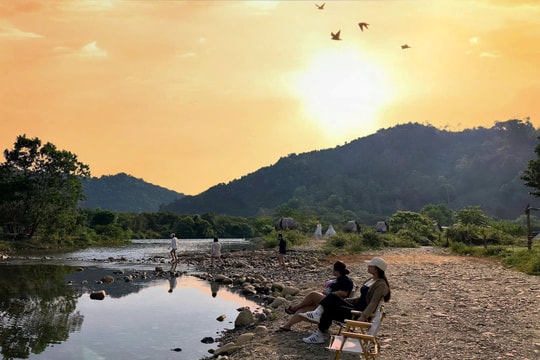 |
The publication’s cover had an
image of Party General Secretary Nguyen Phu Trong, and it included various
articles picturing a Vietnam of political stability, high economic growth,
social progress and equality.
In his article titled “30 years of reform with the targets of wealth people and
a strong country,” Joseph Ahekoe, the magazine’s publishing director, said that
after the 30-year reform process, which started in 1986, Vietnam has escaped
from its socio-economic crisis and underdeveloped status to become a
middle-income nation.
The country is speeding up industrialisation, modernisation and international
integration, he said, adding that its market economic institutions are nearing
completion.
The past three decades mark an important period, as they witnessed the growth of
the Vietnamese Party, State and people, according to the article.
Recalling Vietnam’s 4,000 years of construction and defence, as well as
struggles against French and US forces, another article affirmed that it is the
solidarity and patriotism that helped Vietnamese people fight against invaders
and claim national reunification.
Apart from articles on Vietnam’s Party Congresses and interviews with Vietnamese
leaders, the magazine also devoted a lot of pages to introducing the evolution
of major cities like Hanoi, Ho Chi Minh City, Da Nang, Hai Phong and Hoi An.
Of note, it posted documents and maps affirming Vietnam’s sovereignty over the
Hoang Sa (Paracel) and Truong Sa (Spratly) archipelagoes.
Joseph Ahekoe, who was sent to Vietnam to report on the 12 th National Party
Congress earlier this year, told the Vietnam News Agency that the Southeast
Asian nation set an example for other developing countries worldwide, thanks to
its political stability and socio-economic achievements.
The 12 th National Party Congress is of significance, as it charted Vietnam’s
future development orientations, he said.
The journalist added that Vietnam has proven that all countries can find their
own way to develop.
VNA



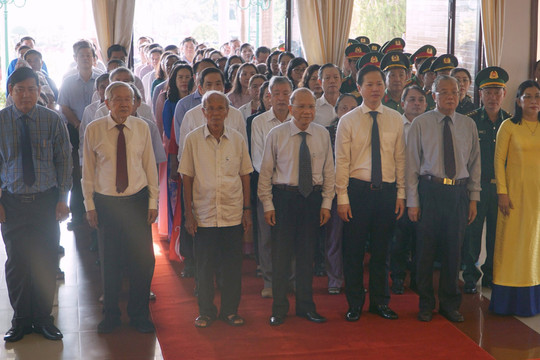


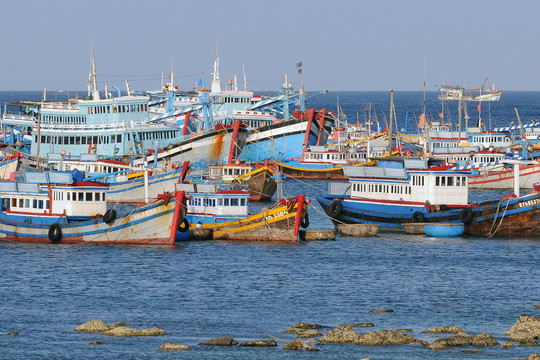
.jpeg)

.jpeg)


.jpeg)


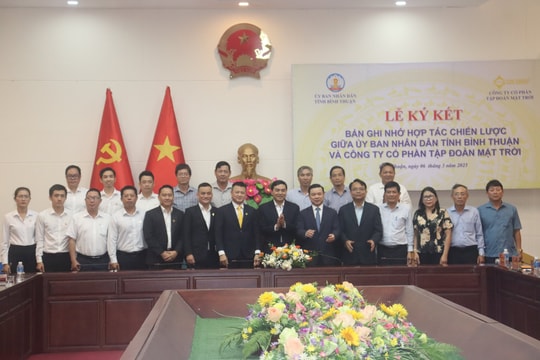






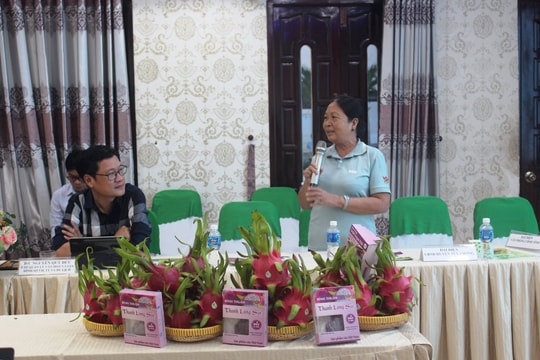








.jpeg)
